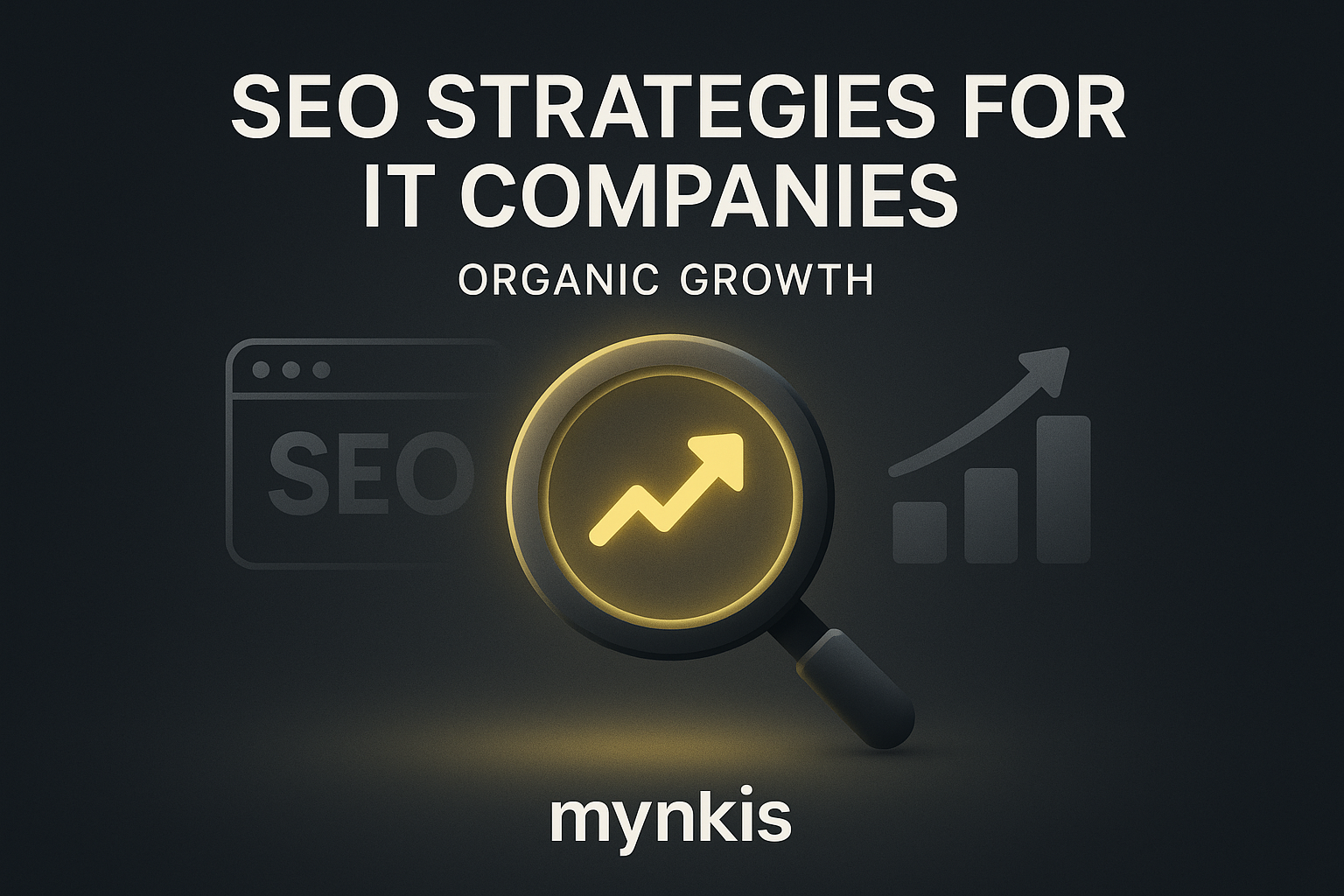Schedule a Demo
In the realm of IT, carving out a niche in the vast digital ecosystem can feel like an overwhelming challenge. Yet, with the right approach to SEO, it's entirely possible to position your IT company as a beacon of expertise and service. The key lies in selecting the right keywords that resonate with your target audience—business owners and executives hungry for tailored, efficient IT solutions. From my experience working with various firms, pinpointing these golden keywords isn't just about boosting your search rankings; it's about connecting with those who need your services the most.
Diving into the mind of your prospective clients is essential for effective SEO. What are they looking for? Are they seeking to upgrade their infrastructure, or perhaps facing cybersecurity concerns? According to a report from Gartner, cybersecurity is the top priority for IT investments in 2023, which shapes the keywords your IT company should target. Understanding this search intent allows you to tailor your content to meet those needs directly, drawing in clients with specific issues your services can resolve.
When it comes to the bread and butter of SEO, your primary keywords should reflect the core services your IT company offers. For instance, terms like “custom software development” and “enterprise web solutions” are pivotal. Based on Google's keyword planner and industry reports from Forrester, these keywords not only receive high search volumes but are also highly relevant to decision-makers seeking scalable IT solutions. Utilizing these keywords strategically throughout your website's pages, especially in title tags and meta descriptions, can significantly improve your visibility.
While primary keywords are the foundation, secondary and long-tail keywords allow you to dive deeper into niches. Terms like “IT support for small businesses” or “affordable cloud solutions for enterprises” capture the nuanced needs of your target audience. I've found that integrating these keywords into blog posts, FAQs, and case studies not only enhances SEO but also builds a relationship with your readers by addressing their specific concerns.
For many IT firms, especially those just starting, establishing a local presence is crucial. Use location-specific keywords such as “IT services in San Francisco” or “cybersecurity solutions in New York.” This approach is not only effective for SEO but is also critical for becoming the go-to expert in your area. From my experience, aligning your services with local events or industry hotspots can amplify your reach.
Keeping an ear to the ground for the latest industry trends provides a rich source of keyword ideas. As technologies like AI and IoT continue to evolve, terms such as “AI-driven IT solutions” and “IoT infrastructure services” gain traction. Referencing recent insights from MIT Technology Review or similar authoritative sources can aid in understanding these trends and how to weave them into your SEO strategy.
Creating content that resonates goes beyond stuffing it with keywords. It’s about crafting narratives that speak to the challenges and solutions pertinent to your audience. I've seen countless companies overlook the storytelling aspect of SEO, focusing solely on technical optimization. However, content that tells a compelling story, informed by the data and trends, captures more organic engagement and builds brand authority.
SEO isn't just about what search engines see; it’s also crucial to focus on user experience (UX). A site that loads quickly and is easy to navigate not only keeps visitors around longer but also scores better with Google’s algorithms. I've seen even the best keyword strategies fail because the site was not user-friendly. Ensuring your site's usability can dramatically enhance your SEO performance.
Once your SEO strategy is live, tracking its impact is vital. Utilize tools like Google Analytics and Search Console to monitor keyword performance and traffic sources. From my own experience, I've found that regular analysis of these metrics helps you to refine your approach, ensuring that your chosen keywords continue to drive the desired organic growth for your IT company.
Backlinks remain a cornerstone of SEO, particularly in the IT sector where thought leadership can be a game-changer. As highlighted by SEO authority Moz, quality backlinks from reputable sites signal to search engines that your content is valuable and authoritative. Encouraging industry collaborations, guest posting, and participating in relevant online communities can help build your link profile effectively.
The alignment of your keywords with your actual services is paramount. Misleading keywords might temporarily boost your rankings, but they'll lead to high bounce rates if the content doesn't match the promise. In my role working with IT companies, I've witnessed the disillusionment clients feel when expectations aren’t met. Always ensure that every keyword reflects your capabilities and service ethos accurately.
Looking ahead, the integration of AI into SEO strategies will only grow, providing opportunities for more personalized and efficient search experiences. Keeping an eye on evolving search engine algorithms and updates from sources like Search Engine Journal can help you stay ahead. Adapting to these changes ensures your IT company remains visible and relevant in an ever-evolving digital landscape.
Place your chosen keywords thoughtfully across your site for maximum impact. Use them in headings, subheadings, the first paragraph of content, meta tags, and within URLs. But remember, overuse can be as detrimental as neglect. A balance ensures readability and SEO benefit. Based on available research, the optimum keyword density varies, so it's essential to monitor how different densities affect your site's performance and adjust accordingly.
The ultimate goal of SEO for IT companies is not just to climb search engine rankings but to attract the right clientele. It’s about striking a balance between optimizing for algorithms and creating meaningful engagements with potential clients. Crafting an SEO strategy that leverages the right keywords while staying true to your company's mission and values is crucial for lasting success. Whether you're a budding startup or an established IT giant, the journey to organic growth through SEO is both challenging and rewarding.
